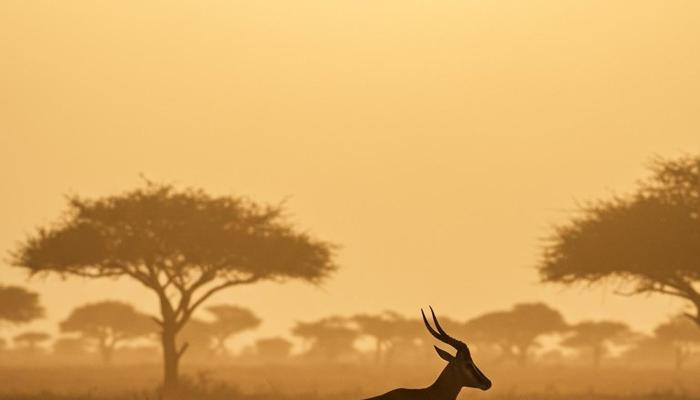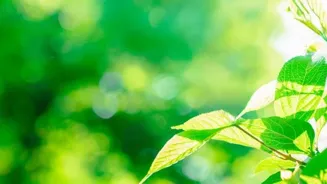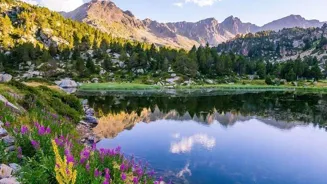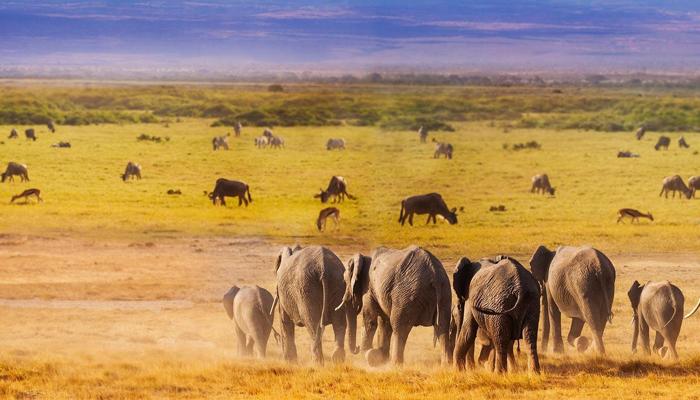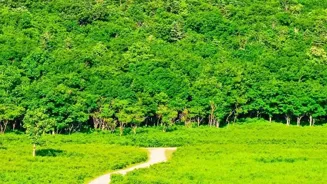Explore the Incredible Adaptations of Indian Antelope in 10 Insights. Discover their strategies for survival
The Indian antelope, or blackbuck as we fondly call it, is a sight to behold. These graceful
creatures are not just beautiful to look at; they are also incredibly well-adapted to survive in the Indian subcontinent's diverse landscapes.
From the arid regions of Rajasthan to the grasslands of the plains, blackbucks have evolved unique strategies to thrive. Let's take a look at ten fascinating ways these antelopes have adapted to stay alive and kicking in their natural habitat.
It is so fascinating to observe this animal in its natural environment. These animals are a pride of India. They are an important part of our ecosystem. One must appreciate these animals.
Blackbucks' coat color aids survival in diverse environments, showcasing their adaptability
First off, their coat colour is a brilliant adaptation. Male blackbucks have a striking black and white coat, while females and young ones sport a tan colour. This dimorphism isn't just for show.
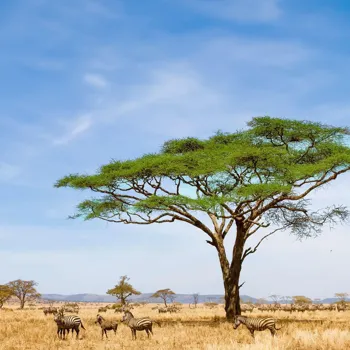
The darker coat of the males helps them absorb more heat during the cooler months, while the lighter coat of the females and young ones provides camouflage in the grasslands, protecting them from predators. Even in the hot environment in which these animals dwell it survives.
This shows how well equipped this animal is. It has learnt to survive in various harsh conditions. It is able to make the most of its surrounding.
Blackbucks' exceptional eyesight aids survival against predators, detecting movement from afar
Secondly, their exceptional eyesight is a major survival tool. Blackbucks can spot predators from a long distance, giving them ample time to escape. Their eyes are positioned on the sides of their head, providing a wide field of vision.
This panoramic view allows them to detect movement in almost all directions, making it difficult for predators to sneak up on them. It is very difficult to make them unaware of your existence. They will notice if someone if trying to approach them.
This is a great advantage that the animal possesses. They survive because of this.
Blackbucks' speed crucial for evading predators, reaching 80 km/h
Thirdly, their powerful legs and agility are crucial for evading danger. Blackbucks are among the fastest land animals, capable of reaching speeds of up to 80 kilometres per hour. Their long, slender legs and flexible spine allow them to make quick turns and leaps, making them difficult to catch.
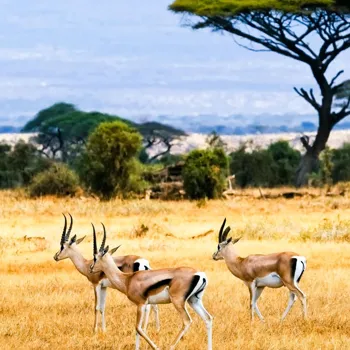
This speed is vital in outrunning predators like wolves and wild dogs. This feature is important for them to survive. They can outrun their predators with ease if they can see them from far away. Very few animals can run faster than them.
Blackbucks thrive on dry grass, survive in harsh conditions
Fourthly, their ability to survive on a diet of dry grasses and shrubs is remarkable. Blackbucks are primarily grazers, and they have adapted to thrive in areas where water and nutritious forage are scarce.
Their digestive system is highly efficient at extracting nutrients from dry vegetation, allowing them to survive even in harsh conditions. This ability to survive on dry food is a boon to them.
It is a feature that enables them to survive in an area like Rajasthan where there is very little vegetation.
Blackbucks find safety in herding behavior, benefiting from numbers
Fifthly, their herding behaviour provides safety in numbers. Blackbucks live in herds, which can range in size from a few individuals to several hundred. This social structure offers several advantages.
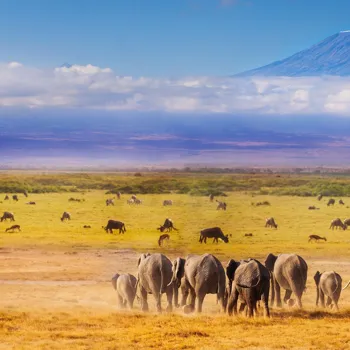
More eyes mean a greater chance of spotting predators, and the herd can also work together to defend themselves or their young. Safety in numbers is always an useful technique in the wild. This gives an advantageous position to them. They can now save themselves from any danger.
Blackbucks' water conservation in arid habitats is crucial
Sixthly, their water conservation strategies are crucial in arid environments. Blackbucks can go for extended periods without drinking water, obtaining most of their moisture from the vegetation they consume.
They also have a number of physiological adaptations that help them conserve water, such as producing concentrated urine and reducing water loss through perspiration. Water is very important for every animal in the wild. It is not available easily. So animals learn to conserve it.
Blackbucks have successfully learnt how to do it.
Blackbuck's alarm calls warn herd of predators, saving young ones
Seventhly, the blackbuck displays unique alarm calls. When a predator is spotted, they alert the herd using a distinctive snorting sound, and may stamp their feet. This allows other members to quickly flee for safety. The herd behaviour is to save the young ones.

The old member is most likely to alert the others. This sound is audible to very long distance. It can be heard by members far away. The predators stay away when these noises are made.
Antelopes prefer open grasslands for strategic advantage against predators
Eighthly, their preference for open grasslands plays an important strategic role. It gives fewer hiding places for predators. They can spot predators from a far distance. This provides them with a valuable head-start in the race to escape.
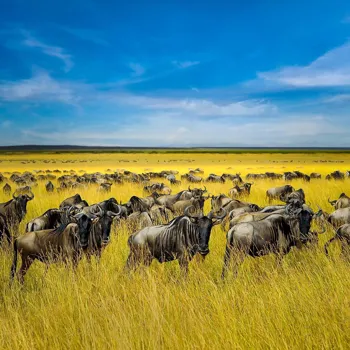
The antelope can thus take action faster than normal; it can evade the predators before they become a threat. This strategy is essential for their survival. It is very important to understand the behaviour of the animal.
Blackbucks' resilience in droughts crucial for survival in harsh climates
Ninthly, the resilience of blackbucks during droughts is crucial. They can adapt their feeding habits, they search for alternate sources of food. Blackbucks demonstrate their ability to endure despite the dry environment.
Their endurance plays a very crucial role in surviving despite the harsh climate. Thus, these features make them capable, even in extreme climates. It is indeed a very special feature to hold.
Blackbucks pass on vital skills for survival through learning
Tenthly, they possess remarkable learning skills. The younger blackbucks learn important survival skills through observation and imitation. The adults transfer vital skills related to migration trails; even techniques to evade predators are observed in this species.
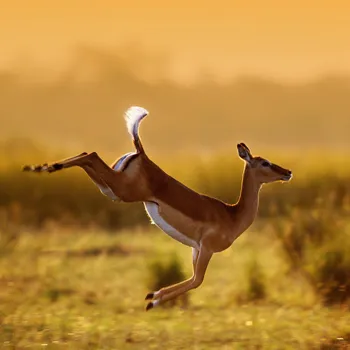
The transfer of knowledge ensures the survival of the future generation. Every animal species does this. The animal species teaches the younger ones to survive. This way they maintain their presence in the wild.
AI Generated Content. Glance/InMobi shall have no liability for the content